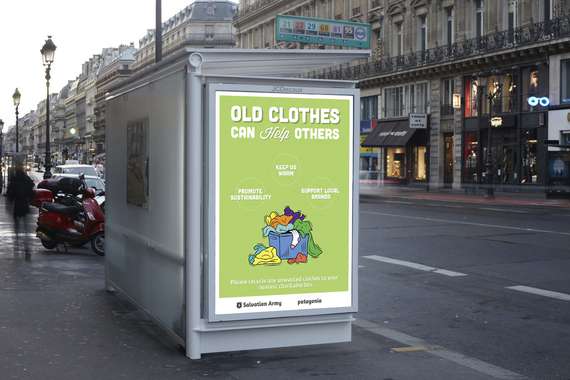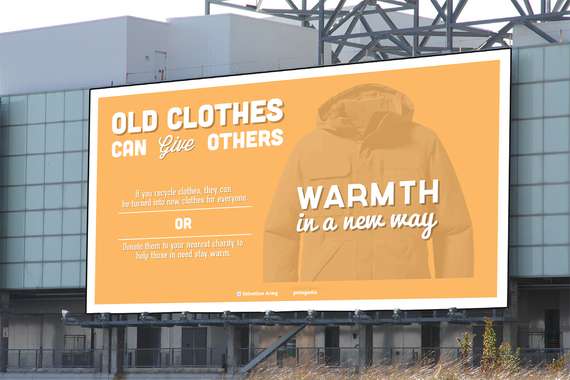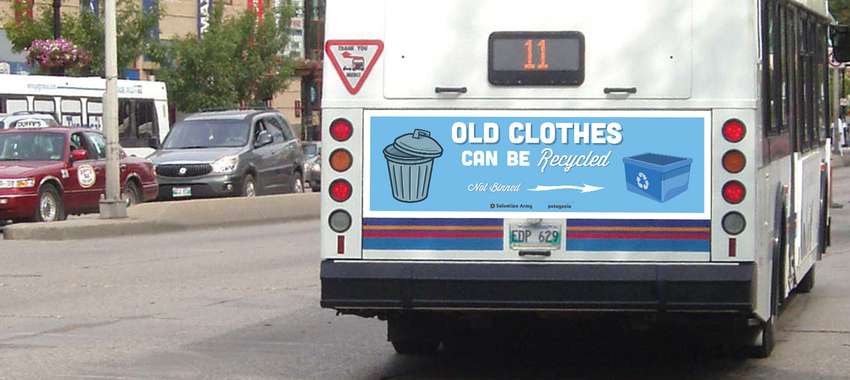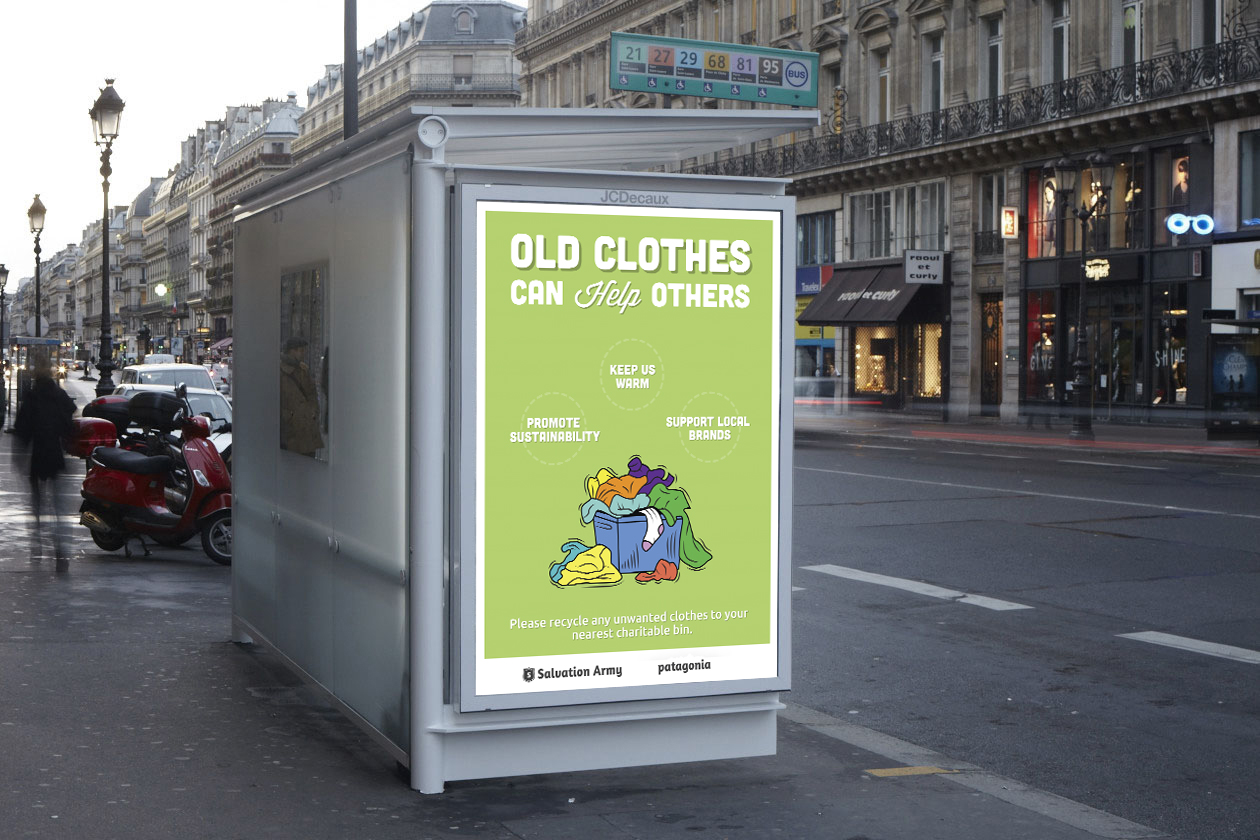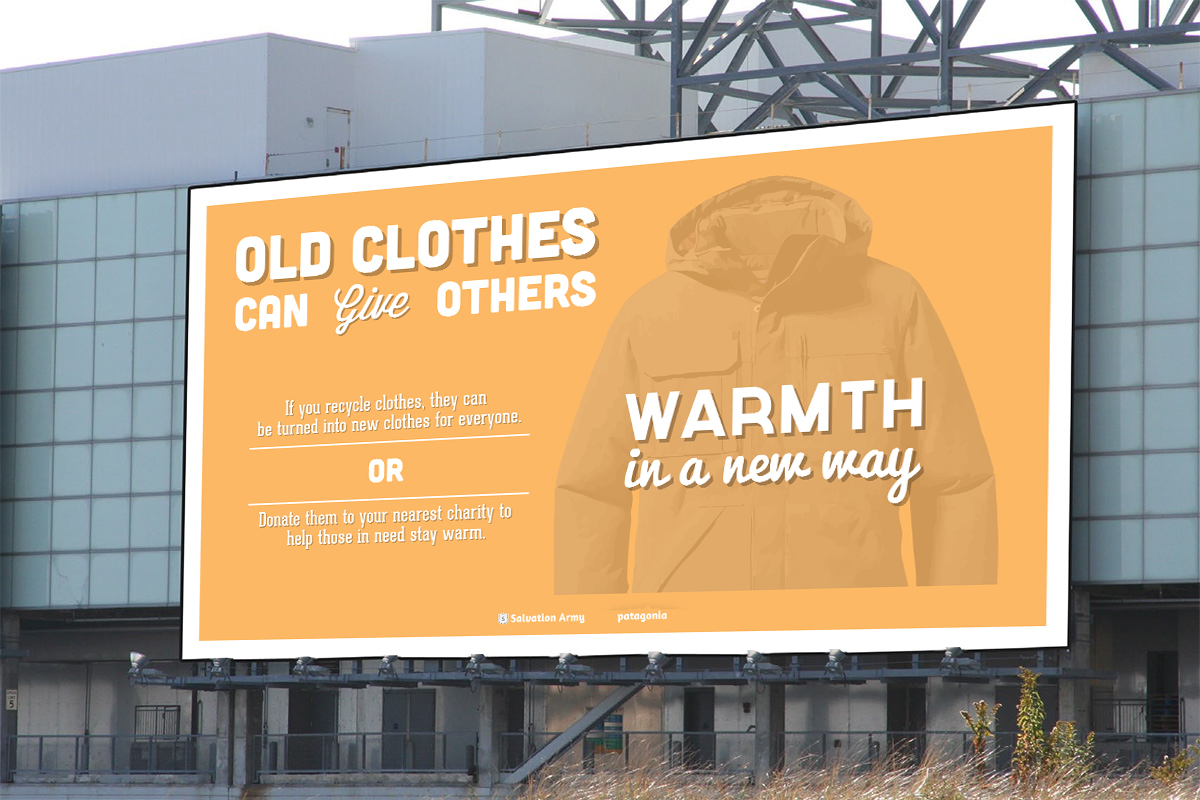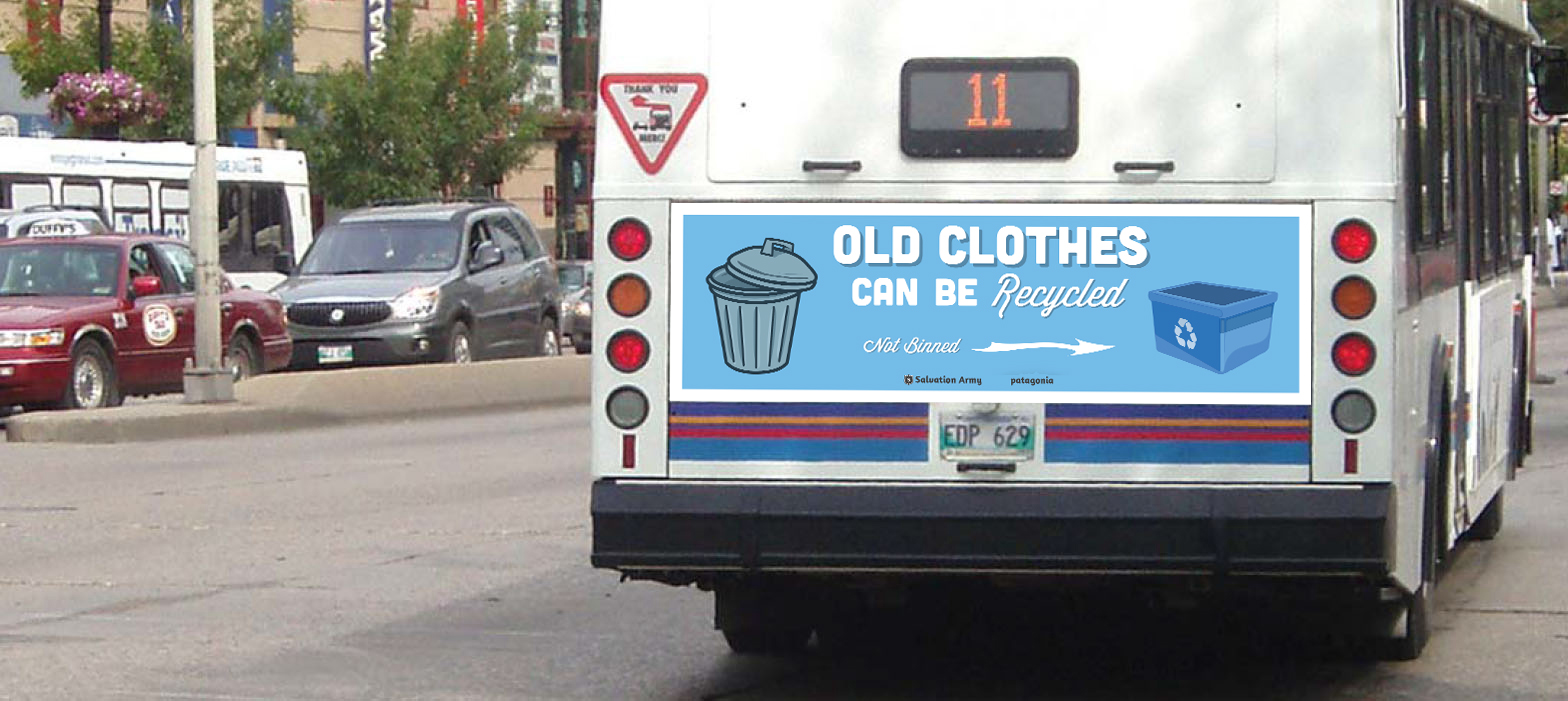Digital Media Design
by Gazmaan
This work has not been commented by curators.
Title
Digital Media Design
Headline
Design
Concept author(s)
Samantha Edwards-Vandenhoek
Concept author year(s) of birth
1980s
Concept author(s) contribution
Teacher input.
Concept author(s) Country
Australia
Friendly Competition
Radical intimacies: dialogue in our times (2014)
Competition category
Visual communication practice
Competition subcategory
static
Competition field
academic
Competition subfield
student
Subfield description
Swinburne University
Check out the Radical intimacies: dialogue in our times 2014 outlines of Memefest Friendly competition.
Description of idea
Describe your idea and concept of your work in relation to the festival outlines:
My chosen topic will be based around the notion of re-using and recycling used goods in order to slow the impact of large manufacturing companies draining the environment. This idea, also known as cradle to cradle, is a practice used by a number of brands around the world that plan to lower emissions and present a fair and environmentally friendly program. Patagonia is known for being a fantastic advocator for the environment using a number of ways to lower their total emissions and creating a work ethic that is fair and responsible.
I believe that dialog of our time has a direct correlation with a lack of knowledge based around environmental damage and preservation of the planet. Many news stations and local papers publish topics that shy away from ecological issues focussing on pop culture events and irrelevant local drama. This limits the knowledge that our youth is exposed to ultimately changing the importance of many significant impacts. With my campaign I plan to tackle one of the lesser focussed problems of our time dealing with rubbish restricting the amount of waste we produce. If smaller issues, like recycling, are ignored how can we tackle bigger issues like global warming or world hunger?
What kind of communication approach do you use?
My initial goal for the brief is to aid companies like Patagonia by illustrating a series of posters that uses dialog to persuade local citizens that cradle to cradle is the way to live. For the project I will focus on a number of psychological strategies that will aid me in my design process. Because the brief focusses a lot on visual communication I plan to use posters, billboards and leaflets to convey my ideas and present them to a large percentage of the community. It’s true that many people choose to ignore these communication methods however in this day and age, apart from Facebook and other social media, visual advertising is still a very strong tool.
What are in your opinion concrete benefits to the society because of your communication?
If my communication strategy goes as planned, people will begin to talk about the current issues rather than focussing on smaller selfish motives. Not only am I focussing on recycling and reducing waste, I also plan to address the influence media has on our youth. Dialog is a major part of our society and if we are to bring about change, we need a strong communication technique to begin the process. Working to educate Australia is no doubt the best way to create dialog within our time.
For the project, I chose to include Patagonia as one of the main advocators for recycling and reusing waste. Patagonia is known for their innovative production methods using a number of different sponsors to spread word about the brand. Their main firm is based in America but they now have stores locates all over the world. Patagonia has a fantastic web presence however I didn’t seem to hear anything about the company before being introduced to them by the brief. This makes me think that using other forms of media might help spread the word about the company. With the brief, I plan to use different types of visual communication to support Patagonia and help develop insight for the sort of work they do.
What did you personally learn from creating your submitted work?
Not only did I learn heaps of awesome ideas and strategies from fellow students, discussion in lectures and tutes helped me develop my own communication methods. I found it interesting that dialog in our time has started to fall behind with the introduction of social media and texting. This motivated me to focus on youth and young adults because many issues surrounding the world are only going to be fixed with help from the next generation. I also learnt that coming up with a persuasive but effecting advertising campaign is a lot harder than I expected.
Why is your work, GOOD communication WORK?
Good advertising design, in my eyes, is there difference between communication methods that captures attention and those that don’t. Brands that focus on intimacy have a far better chance of succeeding than brand that choose different more generic routes. If you can connect the brand to your audience on a more personal scale, the level of retention is far greater. This is where we come in. Using advertising and communication methods to tackle real world issues is really what “GOOD” design is.
Where and how do you intent do implement your work?
If I was to implement my work in the real world I would focus on local projects first because you have to start somewhere. Getting in touch with other brands that hold the same values will increase the success of your projects and aligning yourself with people holding similar interests can only help the brand. Ways that you can connect to the right audience include: setting up stalls in the city and universities, appearing on local television and of cause, using the dreadful social media to reach all the other people in the world.
Did your intervention had an effect on other Media. If yes, describe the effect? (Has other media reported on it- how? Were you able to change other media with your work- how?)
Yet to find out.

